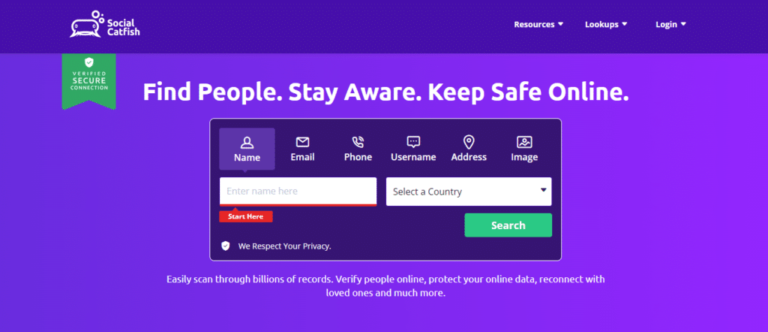RTB is an online method that stands for real-time bidding. A paradigm, with which advertisers and publishers (website owners) engage in real-time programmatic ad inventory trading through digital auctions. Unlike traditional direct buys, RTB Marketing operates on a per-impression basis. And emerges as a more cost-efficient option for small to medium advertising companies.
Key Entities to Discover
Publishers:
These are the website owners who have available ad space inventory to offer for sale.
Supply-Side Platforms (SSP):
SSPs are programmatic platforms that enable publishers to sell their ad space to advertisers.
Advertisers:
Marketers who purchase ad space to target potential customers with their products and services.
Demand-Side Platforms (DSP):
DSPs are programmatic ad-buying platforms. It allows advertisers to buy ad space and navigate ad exchanges in real-time.
Ad Exchange:
The digital marketplace where publishers make open ad spaces available through SSPs. And advertisers buy ad space through DSPs.
Also Read- What are Impressions on LinkedIn? How to Track
The Real-Time Bidding Process
- Real-time bidding operates at lightning speed. Unfolding within milliseconds after a user clicks on a website link. Here’s a simplified overview of how it works:
- The publisher’s SSP sends a bid request to the ad exchange to fill available ad space.
- The ad exchange initiates an auction, inviting various DSPs to place bids for their ads to appear in these open inventory spaces.
- DSPs automatically assess the bid request and place their bids. The highest bid wins, and the SSP displays the winning ad to the user.
- Behavioral data, tracked through cookies, helps determine which ads are displayed to which users.
- According to Senior Campaign Analyst, Olga Voevodina, overseeing RTB Marketing can be challenging due to its lightning-fast pace and high volume. Consequently, advertisers often rely on DSPs to manage the process, with options to set bid price limits and monitor inventory. It ensures ads are not displayed on irrelevant websites.
Before RTB can kick off, publishers must choose an SSP to sell ad inventory. Advertisers must select a DSP to bid and display their ads effectively.

What Does RTB Stand for in Marketing?
- Before RTB’s advent, advertisers had to negotiate with website owners to display their ads manually. This time-consuming process often resulted in irrelevant ads being shown to users. With RTB, relevance takes center stage.
- SSPs and DSPs analyze individual user’s cookie data to determine which ads to display, ensuring users see only relevant content. Advertisers with the most pertinent ads are motivated to place higher bids, ultimately delivering a better user experience.
- RTB also saves both time and money. Advertisers set up their DSP, define their target audience, and allocate a budget. The DSP then takes the reins, navigating the ad exchange to optimize ad spending through predictive analytics.
- Olga elaborated on this, emphasizing that the digital advertising landscape is continually evolving. Staying up-to-date with new methods like RTB marketing enables advertisers to achieve their campaign goals more efficiently and avoid overpaying for impressions.
Top RTB Platforms
Marketers have a variety of RTB platforms to choose from. Here are some noteworthy options:
Google Ads:
This platform boasts thousands of websites within its display network. It provides an intuitive interface and valuable insights with predictive analytics.
The Trade Desk:
It is known for its exceptional customer service and data features. The Trade Desk partners with over 250 high-level entities and offers a wide range of ad inventory.
SmartyAds:
An independent ad exchange platform that caters to both publishers. And advertisers, SmartyAds simplifies the process through step-by-step guidance.
Amazon Ads:
It is ideal for marketers interested in selling products on and off Amazon. This platform features a robust DSP for targeting high-intent customers.
Also Read – How to Leave a Life360 Circle: A Step by Step Guide
A Real-Life RTB Example
Imagine an intern, who recently conducted searches on Airbnb, VRBO, and Google for vacation rentals. The following day, while browsing the web and clicking on a link to Verywell Mind, he encountered a display ad for Airbnb in the page’s margin.
But how did the RTB Ad find its way to the intern? When he clicked the web link, Verywell Mind’s SSP analyzed his cookie data. And recognized his interest in vacation rentals, and connected with the ad exchange. In the blink of an eye, various DSPs placed bids, with Airbnb securing the winning bid and displaying their ad to him.
This inter-platform ad exchange, all occurring within milliseconds, ensured that a relevant ad reached the intern, who was more likely to click on it. And he did.

Answers to Common Questions About RTB Marketing
If you still have questions about what is an RTB in marketing, here are answers to some common queries:
RTB vs. Programmatic Buying:
Programmatic buying encompasses various technology-driven digital advertising methods. RTB specifically focuses on real-time bidding. Some ad inventory can be acquired without RTB through programmatic guaranteed or direct contracts with publishers.
Difference Between RTB and Ad Exchange:
The ad exchange is the digital marketplace connecting advertisers and publishers in real-time ad space trading. Meanwhile, RTB or RTB Marketing is the method employed to place ads through this exchange.
RTB vs. DSP vs. SSP:
A demand-side platform (DSP) is automated software used by advertisers to bid on ad impressions. A supply-side platform (SSP) is designed to sell ad space inventory. Both DSPs and SSPs are programmatic platforms that facilitate real-time bidding.






